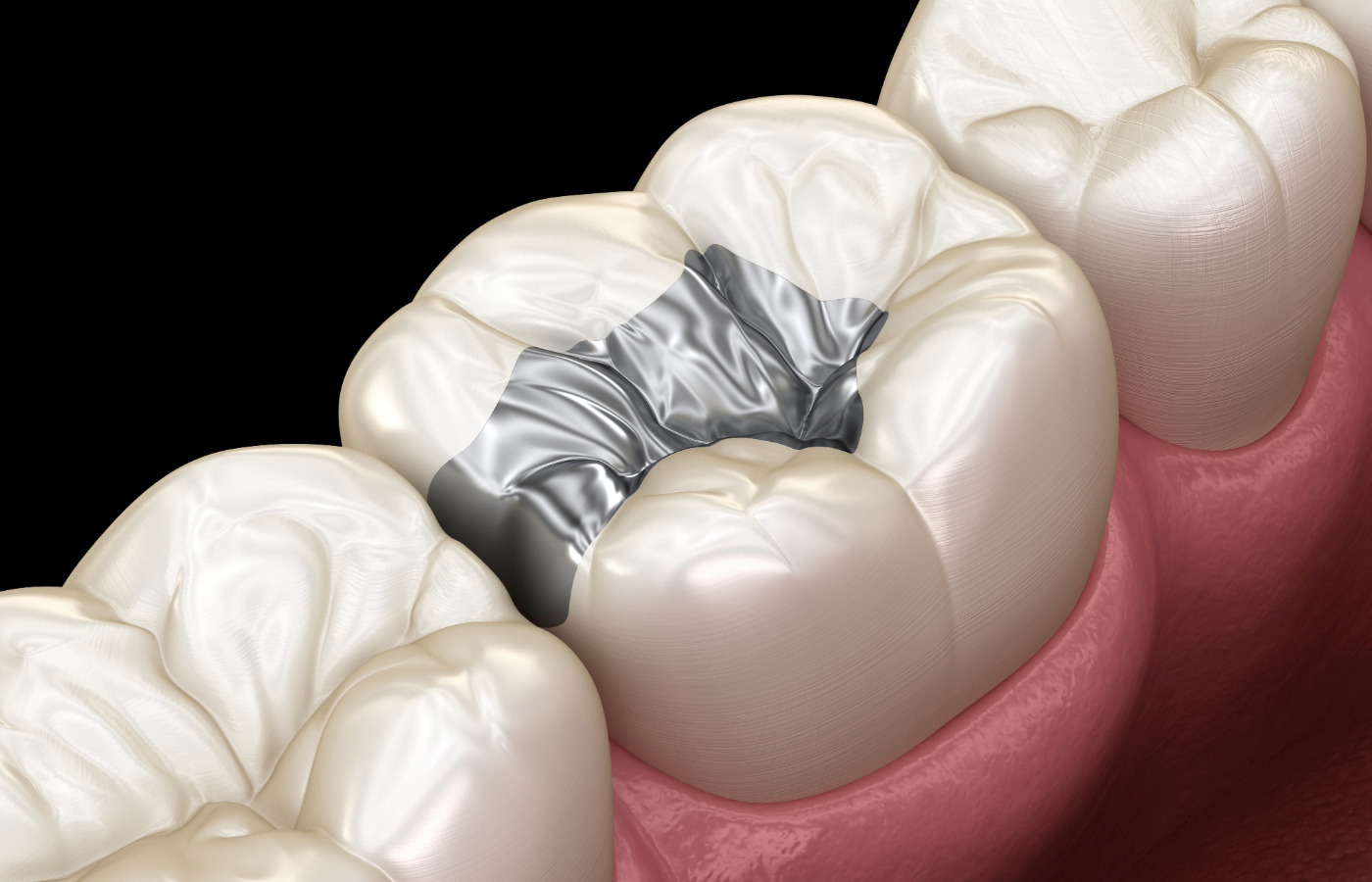
More individuals are considering the removal of mercury fillings as the awareness of the health risks of mercury are increasing. However, the process of removing mercury fillings requires careful planning to minimize potential exposure and ensure a safe transition. Before scheduling an appointment with a SMART certified dentist, it’s essential to understand the process and take steps to safeguard your health and facilitate a smooth detoxification process.
Choose a Mercury Safe Dentist (IAOMT Certified)
The first and foremost step in the mercury filling removal process is to find a dentist who is certified in mercury-safe dentistry by the International Academy of Oral Medicine and Toxicology(IAOMT). IAOMT dentists follow specific protocols to minimize mercury exposure during the removal process, such as using a rubber dam, high-volume suction, and providing patients with an alternative air source. Selecting a qualified and experienced dentist will significantly reduce the risks associated with mercury vapor exposure during the removal procedure.
Ensure Open Drainage Pathways
Before embarking on the removal journey, it’s crucial to ensure that your drainage pathways are open and functioning optimally. Mercury detoxification relies on the efficient elimination of toxins from the body, and if drainage pathways are compromised, the risk of toxin buildup increases. There are multiple ways to open drainage pathways but this is an often missed first step in the detox process.
You’ll want to follow the advice of health care providers, but the general guidelines for opening your drainage pathways begin with:
- Drinking half your body weight in water.
- Cutting out diuretics like soda, caffeine, alcohol, tea.
- Focusing on eating and chewing 20-30 times before swallowing (deep breathing before eating and not eating distracted).
- Physically activating your lymph system through massage, dry brushing, compression.
- Improve your sleep routines for optimal sleep.
Assess Your Toxic Load
Understanding your individual toxic load is a key factor in preparing for mercury filling removal. This involves evaluating your overall exposure to toxins from various sources, including environmental pollutants, dietary choices, and lifestyle factors. Assessing your toxic load can help you make informed decisions about the detoxification methods that may be most effective for your specific situation. Additionally, consulting with a healthcare professional or an integrative practitioner can provide valuable insights into tailoring a detoxification plan that suits your unique needs.
Develop an Ideal Menu and Supplement Plan
To support the detoxification process, it’s essential to adopt a diet that promotes overall health and aids in the elimination of toxins. Prioritize a nutrient-dense, whole foods-based diet, rich in antioxidants, fiber, and essential nutrients. Consider incorporating foods known for their detoxifying properties, such as leafy greens, cruciferous vegetables, and foods high in sulfur, which can aid in binding and excreting mercury. Additionally, working with a healthcare professional to develop a targeted supplement plan can enhance detoxification support. Supplements like vitamin C, glutathione precursors, and specific herbs may be beneficial in promoting the safe elimination of mercury from the body.
Taking the necessary steps before getting mercury fillings removed is crucial for ensuring a safe and effective transition. By selecting a certified mercury-safe dentist, promoting open drainage pathways, understanding your toxic load, and adopting an ideal menu and supplement plan, you can support your body’s natural detoxification processes and minimize potential risks associated with mercury exposure. Prioritize your health and well-being by approaching mercury filling removal with a well-informed and proactive mindset.
CONTACT US